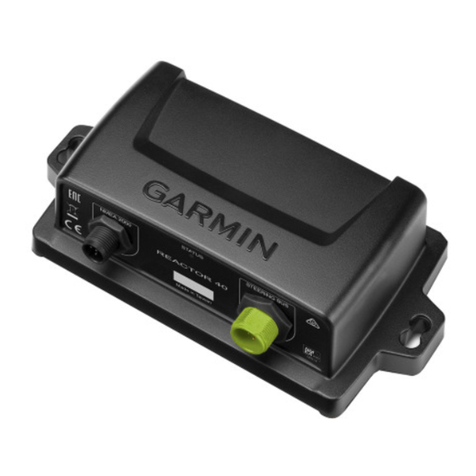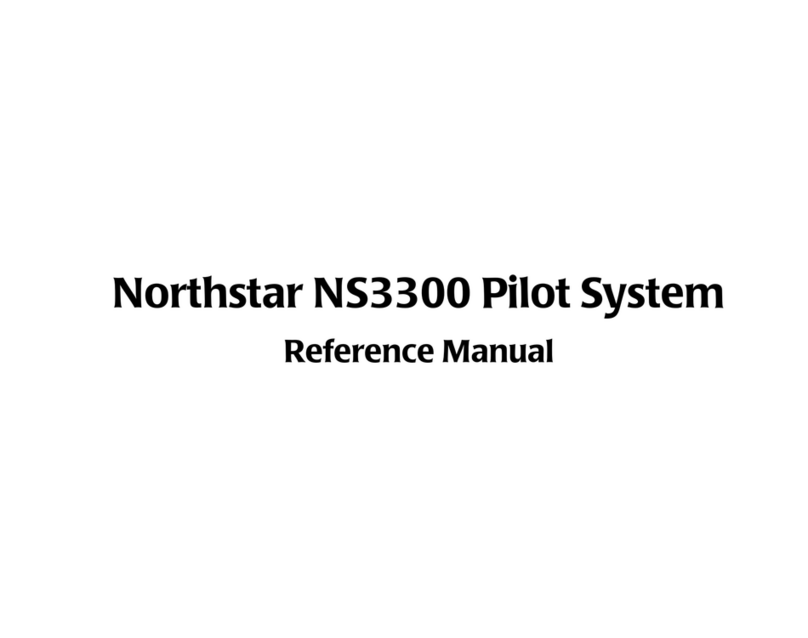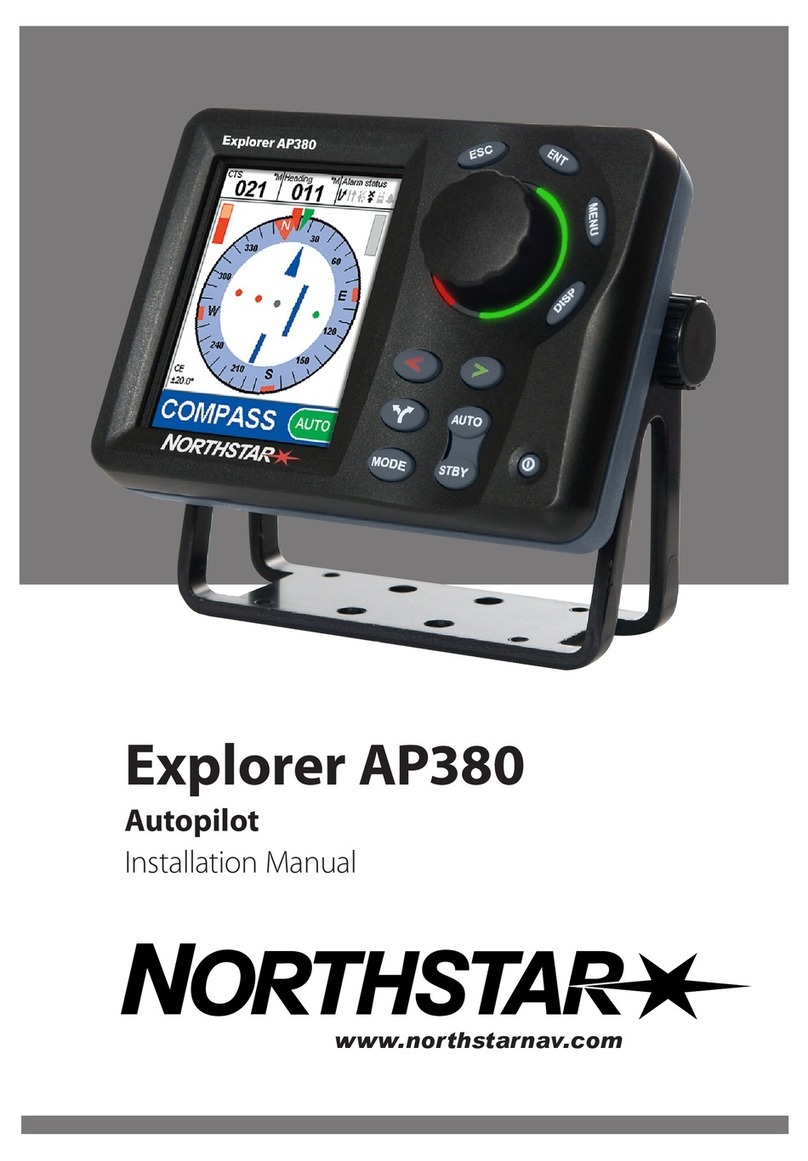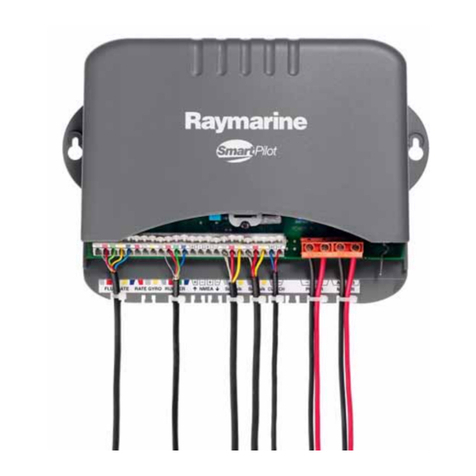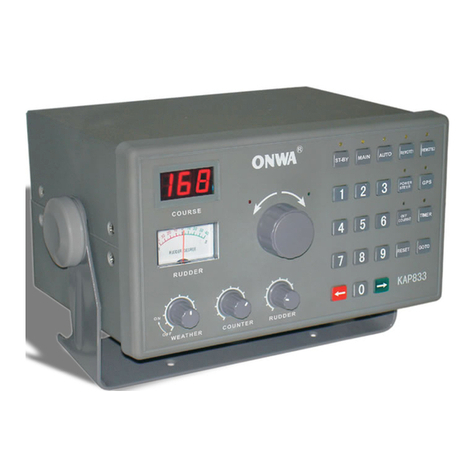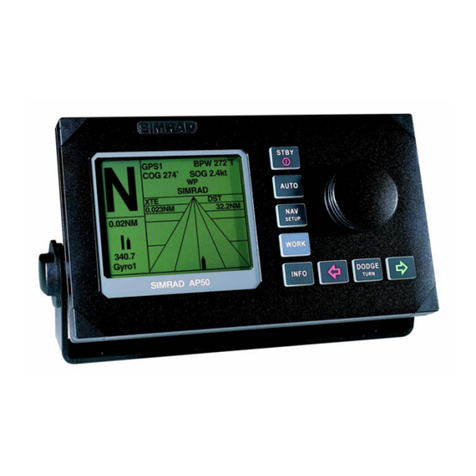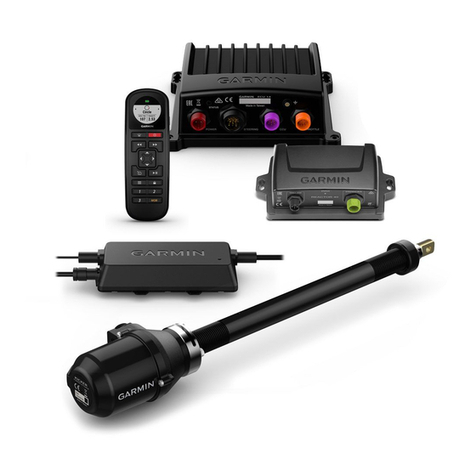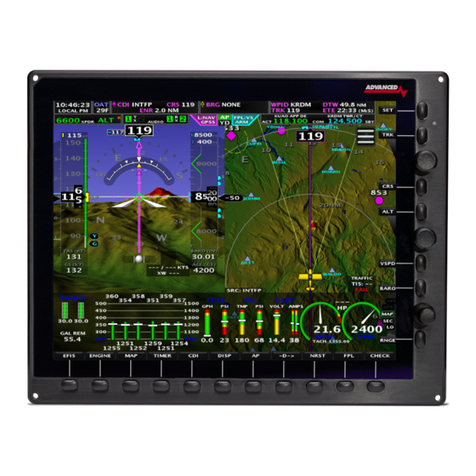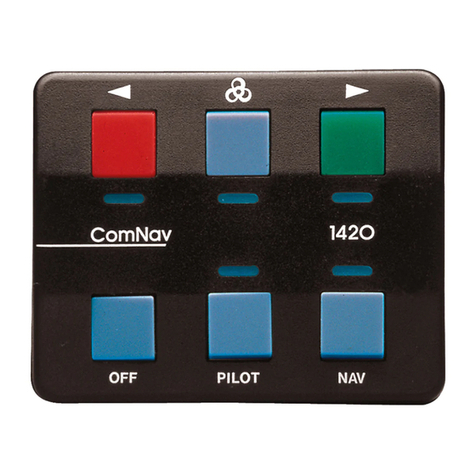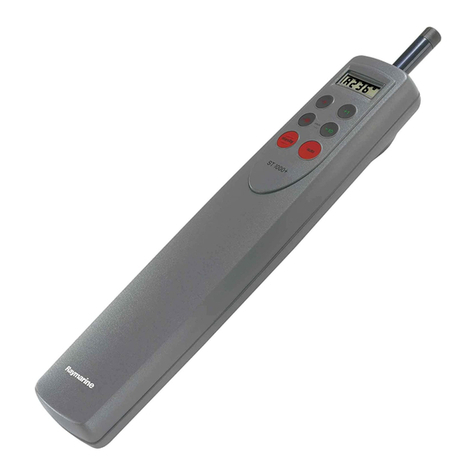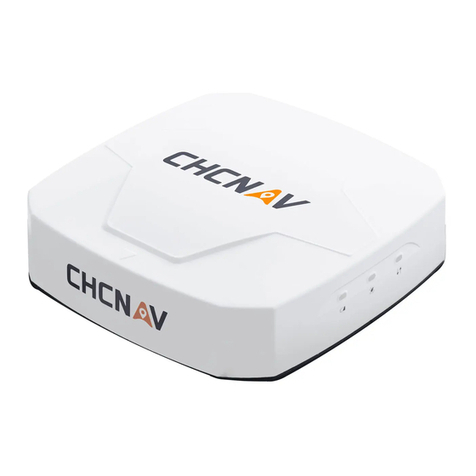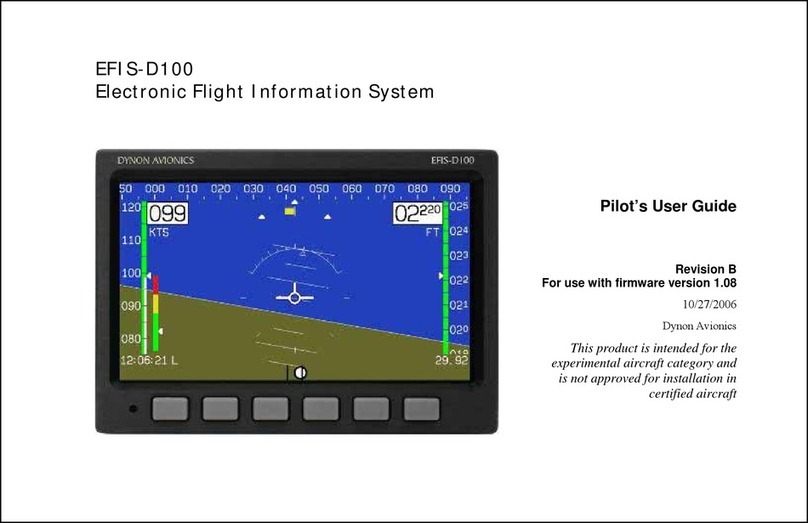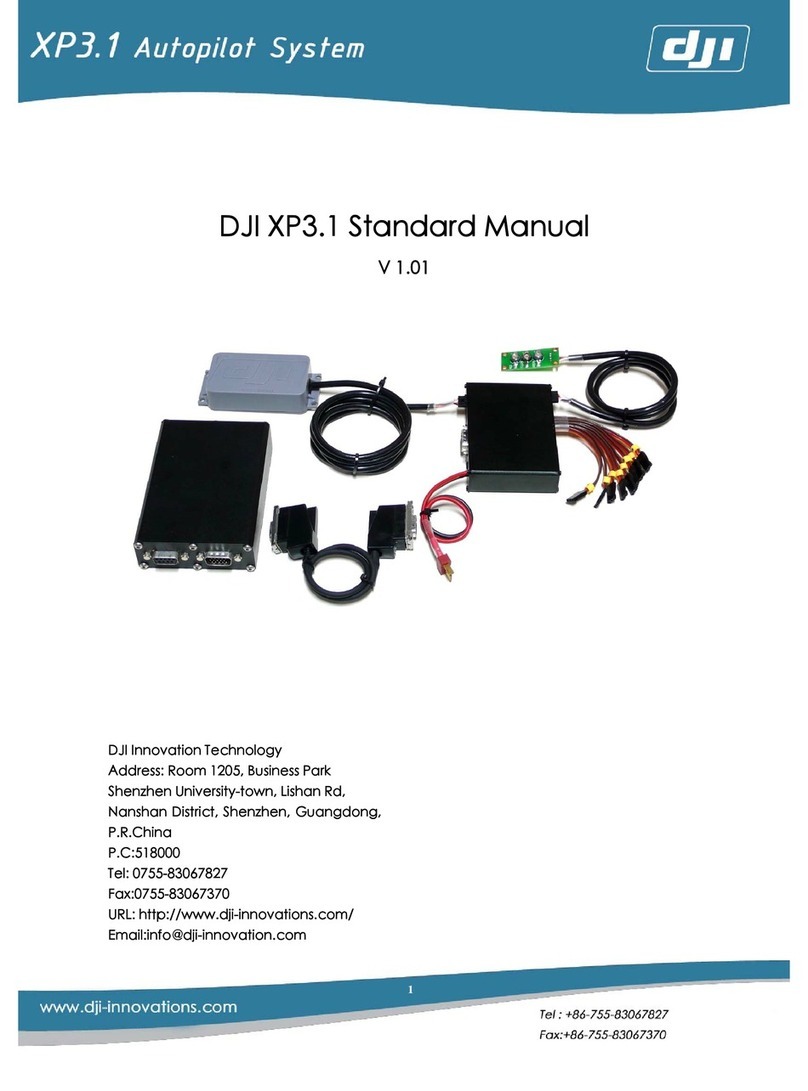
- 3 -
HOW TO FLY WITH THE AP-1
(an overview)
1. Start the AP-1 by whatever switch connects it to the power buss. The gyro will
rev up. Have the MODE SWITCH in the center (TC) position and the TURN
CONTROL pointing straight up.
2. After the gyro is up to speed (about 5 seconds), turn the MODE SWITCH to
WING LEVELER. You are now flying on autopilot with the gyro keeping your
wings level. With the TURN CONTROL knob you can turn right or left to bring
the airplane to any desired heading. A greater turn of the knob gives a steeper turn
that will be shown on the electronic bar indicator.
Point the TURN CONTROL straight up to command a zero turn rate, and adjust
the TRIM knob to make the airplane fly straight and maintain a given compass
heading. Just watch for needed corrections, and of course observe your altitude.
3. If you have connected GPS, LORAN, or VOR, you can track to or from a
waypoint. The general rule is to fly to within 5 degrees of the VOR heading, or
2 miles of the GPS / LORAN track, to lock on. Do this by throwing the MODE
SWITCH leftward to TRACK.
After you are "hooked up" to your tracking signal, you can relax a bit. Just
monitor the flight, and stay ahead of the airplane.
4. TURN COORDINATOR MODE. When you wish to fly without the automatic
pilot, throw the mode switch to the mid position, and fly manually. The servo is
off and disengaged, but the electronic bars of the turn coordinator continue to
operate.
HOW TO INSTALL THE AUTOPILOT IN YOUR AIRPLANE
(an overview)
The entire job of the autopilot is to have the power driven crank arm, which is
linked to your airplane's aileron controls, push the stick left or right when you
request or require aileron adjustment. That's all. Further discussions simply relate
to ways to do this, and to tweaking the installation.
Begin by looking for a point where pushing or pulling a distance of 1.5 to 2.4
inches will do the job. Then find a place to mount the servo nearby to accomplish
this by means of the pushrod. You will mount the servo and pushrod so that the
ailerons are neutral when the servo crank arm is at mid position. That's it, aside
from carefully checking that the required range of aileron movement is transited
within the limits of the servo travel range.
Of course you will mount the AP-1 control unit in full view, and wire it with a
circuit breaker/switch (not supplied) to the power buss.
